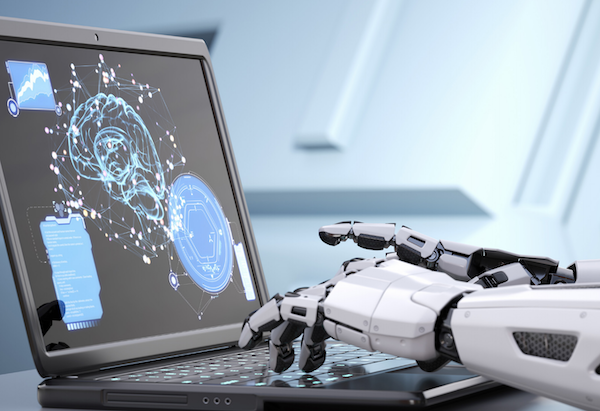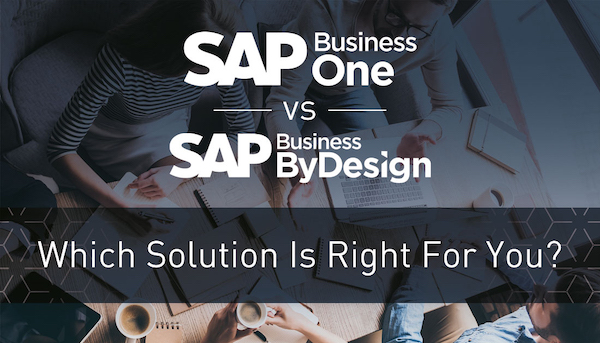Easy access to machine learning, the use of unstructured, cloud-based data, and reliable integration with SAP systems: These three properties characterize the SAP Leonardo Machine Learning Foundation. The most important machine learning services are introduced below.
Identifying people, faces, and writing in pictures or automatically identifying what a text is about and determine the key words — these are just a few of the specific capabilities of the new Web services for machine learning.

“Even developers who have never dealt with machine learning in detail before can use our cloud-based services as modules for their own applications,” explains Philipp Zaltenbach, business developer for Machine Learning at SAP. “Our solution gives customers simple access to machine learning technologies, processes unstructured data like pictures and texts, and offers scalable, rapidly deployable, cloud-based Web services and seamless integration with SAP systems.”
Zaltenbach sees great potential in the automation of routine processes, in particular. For example, employees no longer have to enter form contents, analyze customer tickets, or match invoices with payments.
The most important Web services currently available and potential use cases in detail:
1. Image Classification: Improve Customer Loyalty through Image Recognition
A pre-trained service for the car industry can already tell cars from trucks and SUVs from convertibles. It is possible to enhance this existing service with custom image and training data. “It is capable of capturing the image as a whole and categorizing it,” explains Zaltenbach.
The Daimler automotive group uses this capability in an app for its car-loving customers, which has already been developed as a prototype. One snapshot from a smartphone on the corner is enough to identify a vehicle from the portfolio, regardless of which perspective it is seen from. Automatic identification within the app also offers other benefits, such as calling the online configurator pre-set to the identified car model.
2. Object Detection: Validating Photos on Health Insurance Cards
This Web service is often used for pre-processing, by localizing objects within a picture and thus making it possible to focus on the relevant image content. In the context of the Daimler app, the vehicles are initially flagged as relevant objects. The image classification service can then concentrate on these objects, making it easier to assign a model category from the product portfolio.
This Web service can be trained based on custom data, enabling it to be tailored to a variety of scenarios. Two pre-trained models are provided for the detection of persons and faces. They make it possible to realize use cases to verify a person’s identity. For example, photos of a person that have been submitted with an application for a health insurance card can be compared against an image database. This comparison against a blacklist makes it possible to combat fraud.
3. Image Feature Extraction: Identify Similarities
This service extracts characteristic features and properties from images. Its work is based on the underlying shapes and contours. In the case of a car, for example, this would be the four tires, hood, or side mirrors. The meaning of the images is encoded in vectors. The advantage: Pictures with similar contents – and therefore similar vectors – can be easily identified by another service (similarity scoring).
When jewelry manufacturer Swarovski receives a picture of a broken crystal figure from a customer, for example, the services search for visual similarities with figures in their product range. The system then presents the service employee with pictures of the products that are highly likely to be the same as the one in the customer picture. The benefits are apparent: Unknown or tough-to-recognize parts can be identified faster and more reliably than with a manual search in the product catalog.
4. Object Character Recognition and Scene Text Recognition: Label Check in the Oil and Gas Industry
The special feature of this service is that it not only recognizes scanned texts in documents, but also texts in any images. It doesn’t matter whether individual letters have different sizes or are distorted, whether the signs containing the text are scratched, or whether different text colors are used. “The more training data is available, the better the results,” says Zaltenbach.
One customer from the oil and gas industry, for example, plans to use these services to read the labels of oil barrels, including the production, product, and material numbers. “This information is then compared with the data in the ERP system and if a barrel was labeled incorrectly, an alert is triggered,” explains the machine learning expert.
5. Image segmentation: Fill retail shelves in time
In contrast to the Web service that identifies objects in images, this service is capable of recording the exact shape of an object and even identify objects that are partially covered or only visible in segments. A pre-trained service is already available for the consumer products industry, for instance.
In one example, a supermarket faces the challenge of refilling a refrigerator with bottles and cans in a timely manner. The segmentation service is trained to provide information as to how many bottles and cans are left. “This ensures that the fridge is refilled promptly,” says Zaltenbach.
6. Text Classification: Classifying Texts Correctly
Based on suitable training data, this machine learning service can be used to support customer service, or master data maintenance. A sentiment analysis would then make it possible to analyze product ratings, for instance, to filter out positive or critical opinions from social media texts. The service can also be used to supplement master data. Retailers can automate product displays, for example, by deriving the unit of measure to use on price labels based on the product description.
7. Text Feature Extraction: Adapt International Jurisprudence
Like the image service described in No. 3, this service extracts relevant features – but in this case, from texts. The results can then be used to find texts with similar content. This is relevant for localization teams at companies, for example, who have to take updated jurisprudence in individual countries into account in contracts or product descriptions. This machine learning service makes it possible to compare documents with one another and track down new, relevant documents based on similar historic documents.
8. Language Detection and Machine Translation: The Service for SAP-Related Texts
This machine translation service has been trained based on the body of texts and SAP and, in particular, takes SAP-specific words and terminology into account. This makes it particularly suitable for content such as software documentations, instructions, and product brochures and also enables automatic translation of user interfaces.
Partnership with NVIDIA Speeds Up Machine Learning Training
“Thanks to these new possibilities, many processes can be automated further through machine learning,” emphasizes Zaltenbach, “and without requiring any special machine learning expertise.”
What’s more, thanks to SAP’s partnership with NVIDIA, the machine learning services can be trained based on high-performance graphics processing units (GPUs). NVIDIA, a Californian specialist for graphics processors, has developed the first “AI supercomputer,” the type DGX1, which SAP is already using at multiple locations and that is as powerful as 140 individual conventional GPU servers.
“We are already using state-of-the-art GPUs to speed up our machine learning training,” explains Zaltenbach. “And thanks to the cloud, our service is infinitely scalable.”



